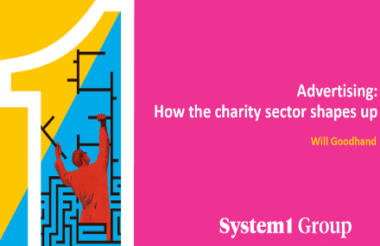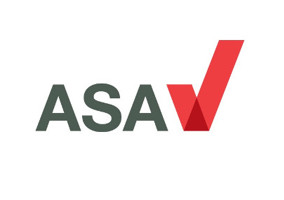New ad ratings data show that more than 80 per cent of charity DRTV adverts are given a one star rating by members of the public, according to the director of a market research company.
Will Goodhand, commercial director of market research company System 1, unveiled his research at the Insight in Fundraising Conference in London on Monday.
Based on sample surveys of charity and commercial advertising, Goodhand said that the public in general disliked the majority of TV adverts, but disliked a higher proportion of charity ads compared to those from other sectors.
Speaking to Civil Society News, Goodhand said System 1 had been conducting quantitative surveys of charity advertising since 2016. When it began the survey samples were made up of 100 people each responding to one ad. In March of this year the sample survey sizes were expanded to 150.
He said that charities seem to have more of a focus on short-term activation, rather than long-term relationship building, when it comes to DRTV ad strategy. He also said that, based on his research, many charity ads elicited negative responses in survey respondents such as sadness, fear and even disgust, as opposed to more positive emotions.
“Our latest figures showed that 83 per cent of charity TV adverts were given a one star rating by members of the public. That’s compared to 53 per cent of ads from other sectors shown on television.
He said that, while undoubtedly many charity ads were effective in driving short-term donations or quick-fire responses to things like humanitarian and natural disasters; “long-term growth requires positive brand feeling which is contingent on positively framed advertising.
"A happy charity ad builds helpful positive emotional association for the brand; whereas a negative ad tends to create negative brand emotions for people.”
Goodhand said that, in a commercial organisation, marketing budget would be split roughly 60/40 between long-term and short-term activation. In charity marketing, the split between long and short-term spend was more like 43 per cent to 57 per cent.
He said that many charities are missing out on opportunities to drive donations by not spending enough money on their DRTV advertising and marketing in general.
“The phenomenon we see is the prioritisation of efficiency over effectiveness. So if I become focused on efficiency, then I become focused on how little I can spend and still see some result. Whereas, if I become focused on effectiveness, then I think how much could I gain if I spent a bit more?
“In a climate where people are always seeking to squeeze marketing budgets, the focus overwhelmingly becomes on efficiency and you start to miss what you could achieve with effective marketing.
"That’s what we’ve seen in all categories, and I suspect that’s the case with charities. Which means that they have less physical presence and are missing out on opportunities to drive donations as a result”.
|
Related Articles











